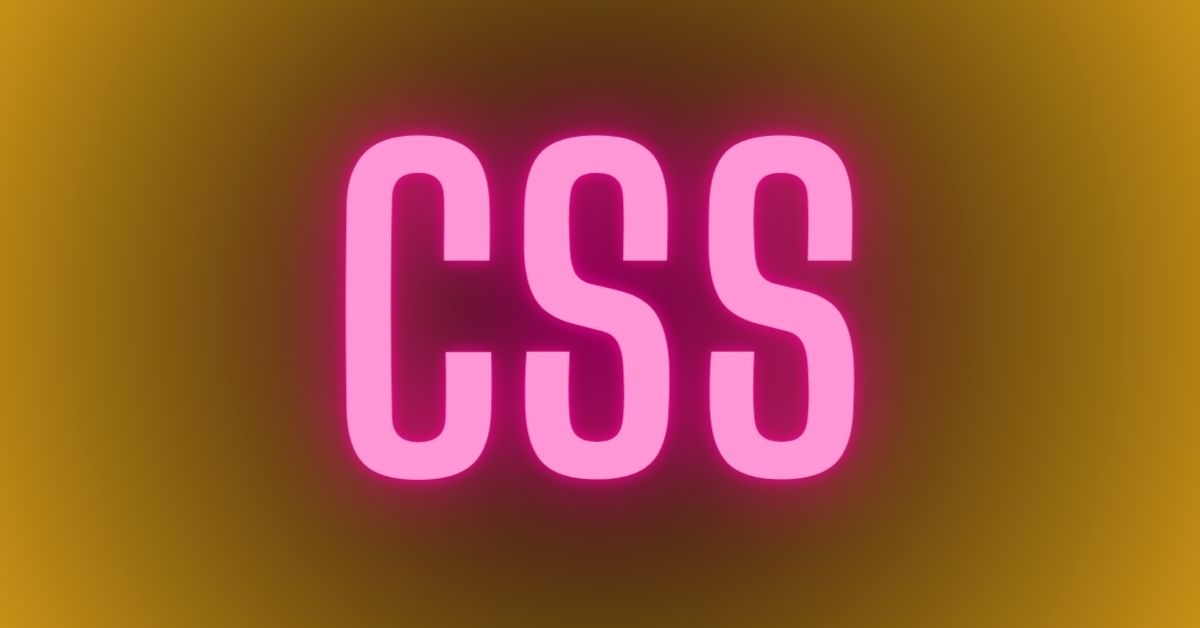Introduction
In the ever-evolving landscape of web development, having a firm grasp of Cascading Style Sheets (CSS) syntax is paramount. CSS serves as the artistic brushstroke that paints the visual appeal of a website. In this article, we’ll embark on a journey to decipher the correct CSS syntax and gain a deeper understanding of how to structure your stylesheets flawlessly.
Demystifying CSS Syntax

At the core of web styling lies the CSS syntax. This syntax features a rhythmic dance between selectors, properties, and values. Imagine it as a conductor orchestrating a symphony of styles across your web pages.
CSS Selector Specificity- Complete Guide
Example:
selector {
property: value;
}The Anatomy of CSS Rules
A CSS rule comprises a selector and a declaration block. The declaration block houses one or more declarations, each consisting of a property and a value, separated by a colon.
Example:
h1 {
font-size: 24px;
color: #333;
}Navigating HTML Elements with Selectors
Selectors are your guides in the vast HTML jungle. They help you pinpoint which elements will be adorned with your styles. Selectors range from simple ones like element selectors to more intricate class and ID selectors.
Example:
.button {
background-color: blue;
}
#header {
border-bottom: 1px solid #ddd;
}Crafting Styles: Properties and Values
CSS properties are akin to a stylist’s tools. They determine how an element looks or behaves. Properties are coupled with values to specify the desired outcome.
Example:
p {
color: red;
margin: 10px;
}Annotations for Clarity: CSS Comments
In the symphony of code, comments are the notes that only the conductor reads. They provide context, explanations, or reminders within your stylesheet.
Example:
/* This is a comment explaining the purpose of the following styles */
h2 {
font-weight: bold;
}Resolving Style Conflicts: Inheritance and Specificity
When styles clash, CSS employs inheritance and specificity to decide the victor. Specificity is determined by the type of selectors used, and inheritance carries styles down the HTML tree.
Mastering Layout: The Box Model
Every HTML element is a box, and the box model defines its components – content, padding, border, and margin. Mastery of this concept is essential for precise layout control.
Example:
.box {
width: 200px;
padding: 10px;
border: 1px solid #999;
margin: 20px;
}Molding the Layout: Display and Positioning
CSS provides an array of display and positioning properties. These tools sculpt the visual arrangement of elements on the webpage canvas.
Example:
.container {
display: flex;
justify-content: center;
align-items: center;
}Responsive Magic: Unveiling Media Queries
In the era of diverse devices, media queries are the magician’s wand. They enable you to tailor styles based on the screen size or other attributes of the device.
Example:
@media screen and (max-width: 768px) {
.menu {
display: none;
}
}Dynamic Flourish: Pseudo-Classes and Pseudo-Elements
Pseudo-classes and pseudo-elements are the theatrical elements of CSS. They bestow dynamic styles upon elements based on interactions or specific states.
Example:
.button:hover {
background-color: yellow;
}
a::before {
content: "→ ";
}Harnessing Reusability: CSS Variables
CSS variables are your assistants for consistency. They store values you can reuse throughout your stylesheet.
Example:
:root {
--primary-color: blue;
}
.button {
background-color: var(--primary-color);
}Harmonizing Styles: Importing External Stylesheets
The @import rule is your portal to external stylesheets. It promotes modularity by allowing you to compartmentalize your styles.
Example:
@import url("external-styles.css");Cross-Browser Harmony: Vendor Prefixes
Vendor prefixes ensure harmony across various browsers. They are prepended to experimental or non-standard CSS properties.
Example:
.box {
-webkit-border-radius: 5px;
-moz-border-radius: 5px;
border-radius: 5px;
}Simplicity in Power: CSS Frameworks
CSS frameworks like Bootstrap offer pre-designed styles and components, simplifying the styling process.
Craftsmanship in Code: Best Practices for CSS
Maintaining clean and maintainable CSS requires strategic practices. Opt for meaningful class names, avoid excessive specificity, and organize styles logically.
Conclusion
In the symphony of web development, CSS syntax is the conductor that brings harmony to visual design. From selectors to specificity, from properties to pseudo-elements, we’ve navigated the cosmos of CSS with finesse. Armed with this knowledge, you’re ready to craft captivating web experiences that resonate with every visitor.
FAQs
- What is the role of CSS syntax in web development?
CSS syntax defines how styles are written in a stylesheet, impacting the visual design of a website. - How do media queries contribute to responsive web design?
Media queries enable designers to adapt styles based on the device’s attributes, ensuring a seamless experience across various screens. - What are pseudo-elements in CSS?
Pseudo-elements like::beforeand::afteradd content or styling to specific parts of an element. - Why are vendor prefixes necessary in CSS?
Vendor prefixes ensure compatibility with different browsers during the implementation of experimental or non-standard CSS properties. - What’s a key best practice for maintaining clean CSS code?
Utilizing meaningful class names and structuring styles logically are pivotal for clean and efficient CSS code.
Arsalan Malik is a passionate Software Engineer and the Founder of Makemychance.com. A proud CDAC-qualified developer, Arsalan specializes in full-stack web development, with expertise in technologies like Node.js, PHP, WordPress, React, and modern CSS frameworks.
He actively shares his knowledge and insights with the developer community on platforms like Dev.to and engages with professionals worldwide through LinkedIn.
Arsalan believes in building real-world projects that not only solve problems but also educate and empower users. His mission is to make technology simple, accessible, and impactful for everyone.



